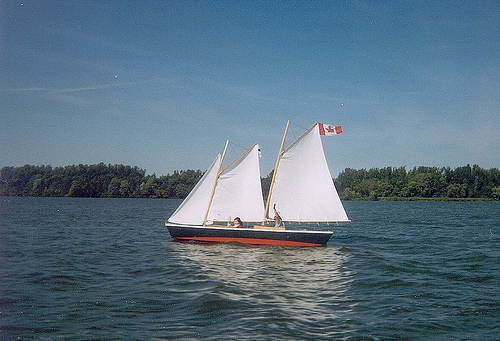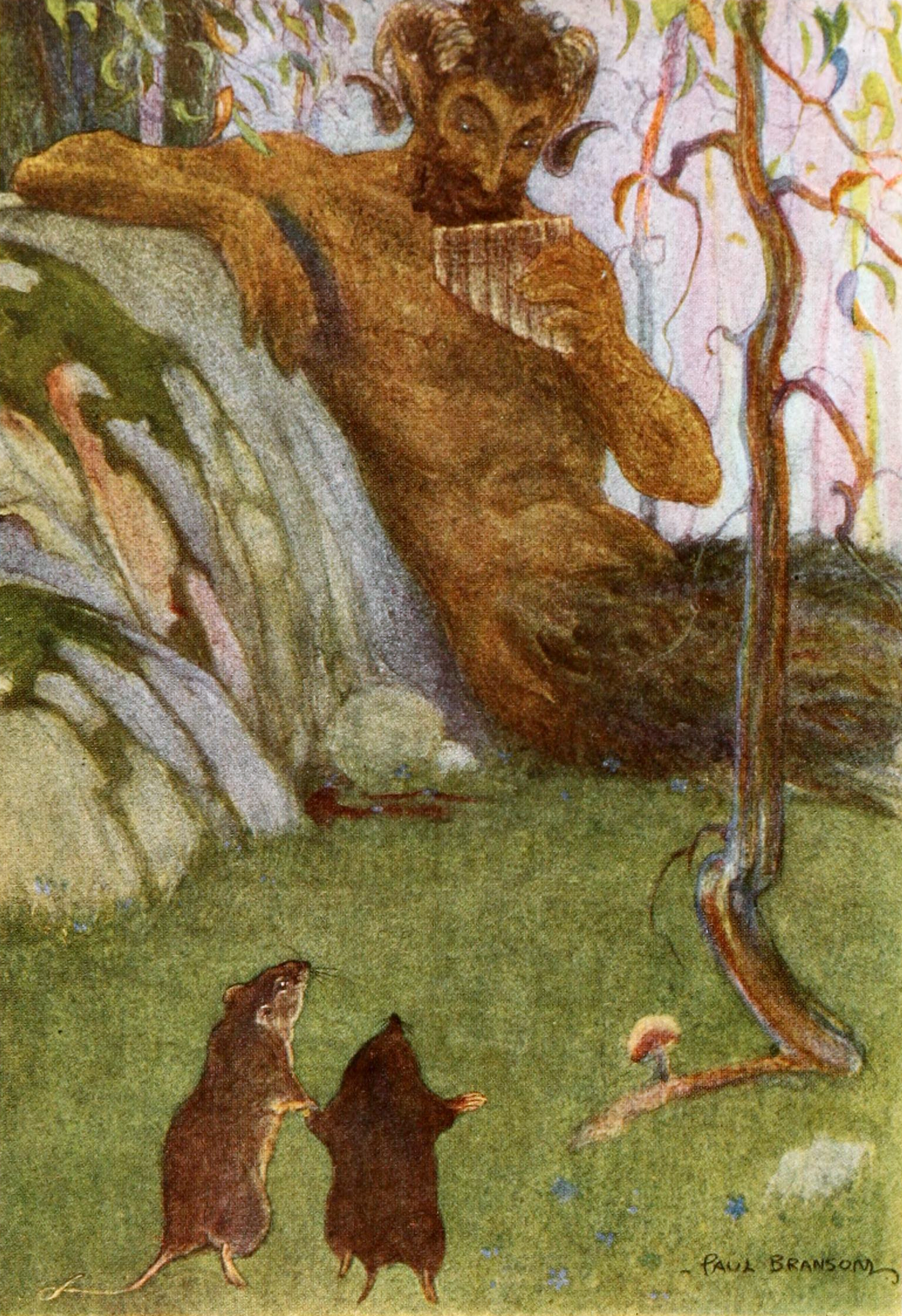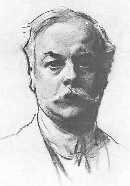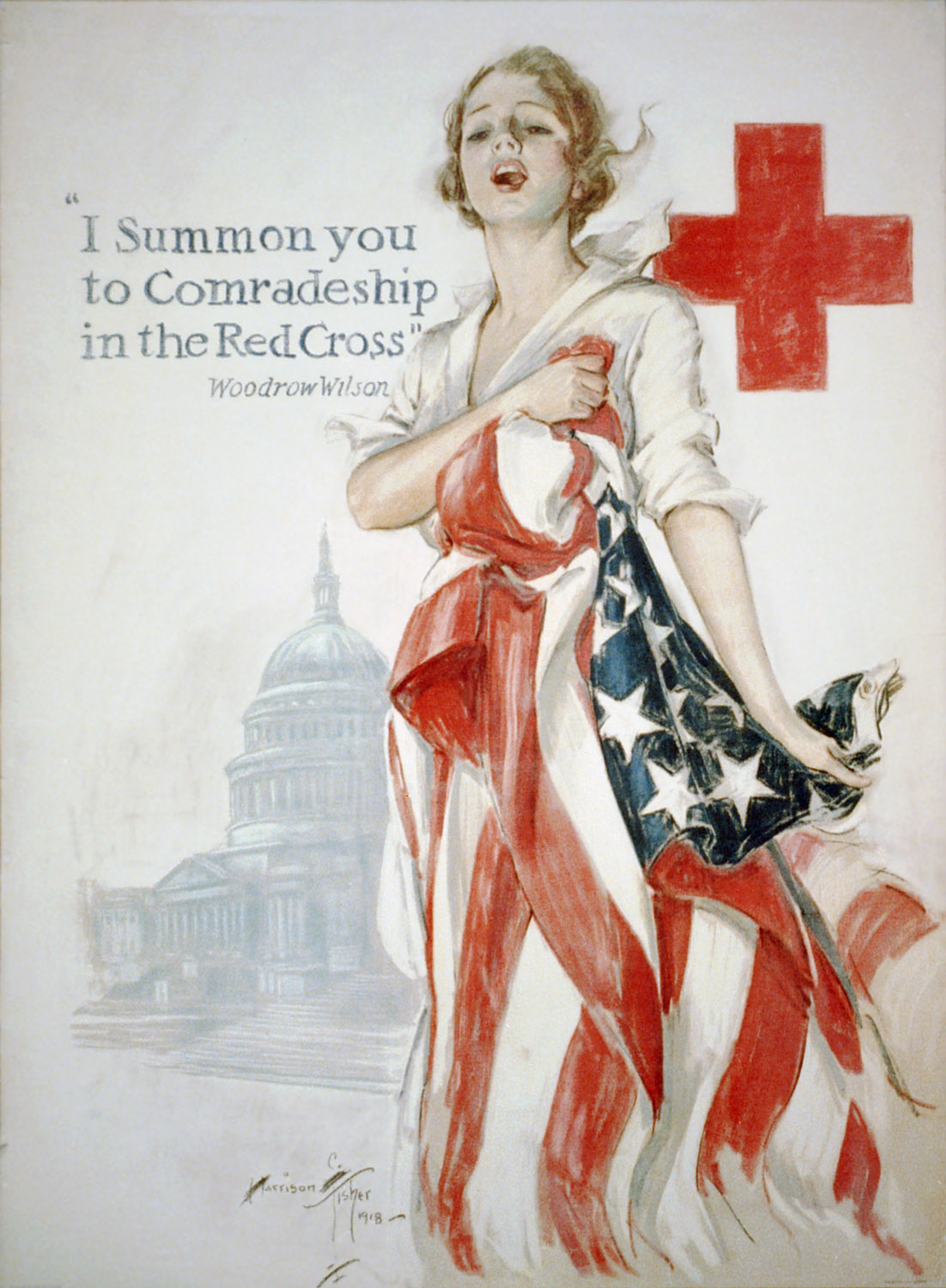|
Messabout
A messabout is an event where a group of people get together to discuss and "mess about" in boats. The term is derived from the children's book '' The Wind in the Willows'' by Kenneth Grahame. In the story, Mole and Rat are rowing up the river in Rat's boat. They are discussing nautical things and life in general when Rat is heard to utter the following: Believe me, my young friend, there is nothing — absolutely nothing — half so much worth doing as simply messing about in boats. Simply messing... about in boats — or with boats. In or out of ’em, it doesn't matter. Nothing seems really to matter, that's the charm of it. Whether you get away, or whether you don't; whether you arrive at your destination or whether you reach somewhere else, or whether you never get anywhere at all, you're always busy, and you never do anything in particular; and when you've done it there's always something else to do, and you can do it if you like, but you'd much better not. Messabouts are ... [...More Info...] [...Related Items...] OR: [Wikipedia] [Google] [Baidu] |
Boating
Boating is the leisurely activity of travelling by boat, or the recreational use of a boat whether powerboats, sailboats, or man-powered vessels (such as rowing and paddle boats), focused on the travel itself, as well as sports activities, such as fishing or waterskiing. It is a popular activity, and there are millions of boaters worldwide. Types of boats Boats (boat types) can be categorized into 3 different types of board categories: unpowered, motor boats, and sailboats. Recreational boats (sometimes called pleasure craft, especially for less sporting activities) fall into several broad categories, and additional subcategories. Broad categories include dinghies (generally under 16 feet (5 m) powered by sail, small engines, or muscle power) usually made from hardwood or inflatable rubber. paddle sports boats (kayaks, rowing shells, canoes), runabouts (15–25 ft. (5–8 m) powerboats with either outboard, sterndrive, or inboard engines), daysailers (14–25 Ft. (4–8 m) sai ... [...More Info...] [...Related Items...] OR: [Wikipedia] [Google] [Baidu] |
The Wind In The Willows
''The Wind in the Willows'' is a children's novel by the British novelist Kenneth Grahame, first published in 1908. It details the story of Mole, Ratty, and Badger as they try to help Mr. Toad, after he becomes obsessed with motorcars and gets into trouble. It also details short stories about them that are disconnected from the main narrative. The novel was based on bedtime stories Grahame told his son Alastair. It has been adapted numerous times for both stage and screen. ''The Wind in the Willows'' received negative reviews upon its initial release, but it has since become a classic of British literature. It was listed at No. 16 in the BBC's survey The Big Read and has been adapted multiple times in different media. Background In 1899, at age 40, Kenneth Grahame married Elspeth Thomson, the daughter of Robert William Thomson. The next year they had their only child, a boy named Alastair (nicknamed "Mouse"). He was born premature, blind in one eye, and plagued by health ... [...More Info...] [...Related Items...] OR: [Wikipedia] [Google] [Baidu] |
Kenneth Grahame
Kenneth Grahame ( ; 8 March 1859 – 6 July 1932) was a British writer. He is best remembered for the classic of children's literature ''The Wind in the Willows'' (1908). Born in Scotland, he spent most of his childhood with his grandmother in England, following the death of his mother and his father's inability to look after the children. After attending St Edward's School, Oxford, St Edward's School in Oxford, his ambition to attend university was thwarted and he joined the Bank of England, where he had a successful career. Before writing ''The Wind in the Willows'', he published three other books: ''Pagan Papers'' (1893), ''The Golden Age (Grahame), The Golden Age'' (1895), and ''Dream Days'' (1898). Biography Early life Grahame was born on 8 March 1859 at 32 Castle Street in Edinburgh. His parents were James Cunningham Grahame (1830–1887), Faculty of Advocates, advocate, and Elizabeth Ingles (1837–1864). When Grahame was a little more than a year old, his father was ap ... [...More Info...] [...Related Items...] OR: [Wikipedia] [Google] [Baidu] |
Nautical
Seamanship is the art, competence, and knowledge of operating a ship, boat or other craft on water. The'' Oxford Dictionary'' states that seamanship is "The skill, techniques, or practice of handling a ship or boat at sea." It involves topics and development of specialised skills, including navigation and international maritime law and regulatory knowledge; weather, meteorology and forecasting; watchkeeping; ship-handling and small boat handling; operation of deck equipment, anchors and cables; ropework and line handling; communications; sailing; engines; execution of evolutions such as towing; cargo handling equipment, dangerous cargoes and cargo storage; dealing with emergencies; survival at sea and search and rescue; and fire fighting. The degree of knowledge needed within these areas is dependent upon the nature of the work and the type of vessel employed by a seafarer. History Ship knowledge, ship stability and cargo operations Seamanship on a commercial level ... [...More Info...] [...Related Items...] OR: [Wikipedia] [Google] [Baidu] |
Boat Building
Boat building is the design and construction of boats (instead of the larger ships) — and their on-board systems. This includes at minimum the construction of a hull, with any necessary propulsion, mechanical, navigation, safety and other service systems as the craft requires. The boat building industry provides for the design, manufacturing, repair and modification of human-powered watercrafts, sailboats, motorboats, airboats and submersibles, and caters for various demands from recreational (e.g. launches, dinghies and yachts), commercial (e.g. tour boats, ferry boats and lighters), residential ( houseboats), to professional (e.g. fishing boats, tugboats, lifeboats and patrol boats). Construction materials and methods Wood Wood is the traditional boat building material used for hull and spar construction. It is buoyant, widely available and easily worked. It is a popular material for small boats (of e.g. length; such as dinghies and sailboats). Its abras ... [...More Info...] [...Related Items...] OR: [Wikipedia] [Google] [Baidu] |
Camaraderie
In political contexts, comrade means a fellow party member. The political use was inspired by the French Revolution, after which it grew into a form of address between socialists and workers. Since the Russian Revolution, popular culture in the West has often associated it with communism. As such, it can also be used as a derogatory reference to leftists, akin to "". In particular, the Russian word () may be used as derogatory reference to communists. The influence of the term in communism in the 20th century led anarchists to prefer the term ' companion', a term that has been used in Western Europe since the end of the 19th century. Etymology The term comrade generally means 'mate', 'colleague', or 'ally', and derives from the Spanish and Portuguese term , , from Latin , . It may also specifically mean "fellow soldier", comrade in arms. Background Upon abolishing the titles of nobility in France, and the terms and (literally, 'my lord' and 'my lady'), the revolution ... [...More Info...] [...Related Items...] OR: [Wikipedia] [Google] [Baidu] |
Boats
A boat is a watercraft of a large range of types and sizes, but generally smaller than a ship, which is distinguished by its larger size or capacity, its shape, or its ability to carry boats. Small boats are typically used on inland waterways such as rivers and lakes, or in protected coastal areas. However, some boats (such as whaleboats) were intended for offshore use. In modern naval terms, a boat is a vessel small enough to be carried aboard a ship. Boats vary in proportion and construction methods with their intended purpose, available materials, or local traditions. Canoes have been used since prehistoric times and remain in use throughout the world for transportation, fishing, and sport. Fishing boats vary widely in style partly to match local conditions. Pleasure craft used in recreational boating include ski boats, pontoon boats, and sailboats. House boats may be used for vacationing or long-term residence. Lighters are used to move cargo to and from large ships un ... [...More Info...] [...Related Items...] OR: [Wikipedia] [Google] [Baidu] |






